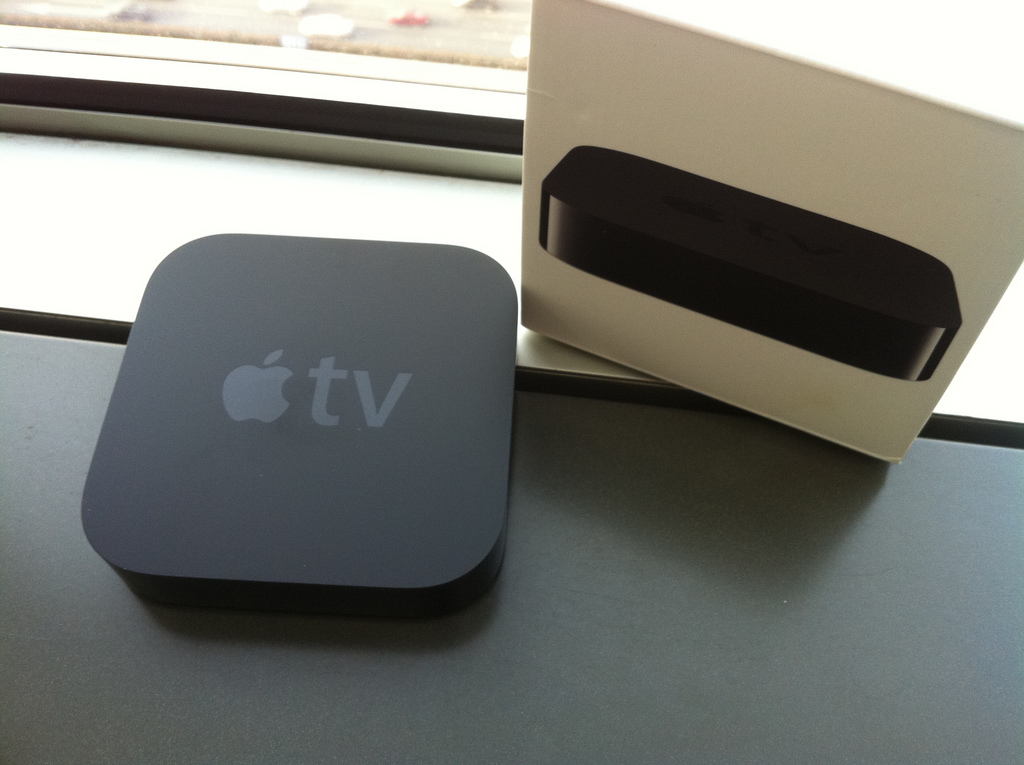Folks, the emerging trend toward social commerce (sometimes referred to as contextual commerce) may have taken a recent hit. But is it a reason to worry?
Twitter’s “buy” button, created in partnership with Stripe Relay, has been somewhat abandoned by the social media company in favor of other, more important matters. Internal reports from Buzzfeed and other outlets like Recode, suggest that internal shake-ups to staff have left the purchasing feature high and dry. The platform’s commerce team has disbanded.
What It’s About
These “buy” buttons, prevalent on social media sites, are a subset of contextual commerce. Unsurprisingly, given the words it’s made up of, contextual commerce is about getting customers to purchase products in whatever context they’re in, whether it’s browsing a blog article or social media feeds.
Many consider it to be the freshest front in online selling, following the coattails of mobile commerce’s ever-growing growth, because it’s exactly that first word; it’s all about context. It means that wherever consumers dwell online, from social media feeds to blog posts and YouTube videos, the opportunity to buy products can be made present within that context.
And with the massive explosion in online content over the past half-a-decade, you can see how many contexts are out there for online selling to infiltrate.
Here’s an example of it in action via YouTube. As consumers flock to the video site for entertainment and, more importantly, product reviews, the platform launched its own version of contextual commerce allowing viewers to immediately move toward purchasing the very product they’re researching:
Source
Not Everyone’s a Fan
That said, some argue that it isn’t necessarily a great thing. Contextual commerce must be used carefully. That very first word, context, is key. Sure, businesses are on Twitter, but does that make it an opportunity for commerce? Are consumers or, in the case of Twitter, a business’ followers looking to buy as they browse their feeds?
Yes and no. Guess what, it depends on the context!
So you follow your favorite e-retailer on Twitter, and they occasionally tweet out flash sale announcements, funny memes, or new products. If they tweet out a freshly-launched video featuring a new product they’re carrying, and they include a “buy” button for easy purchasing, that fits the context. Nothing intrusive about that. The point is to introduce you to a product you might want to buy.
But if you’re scrolling through an article on the hidden dangers of lizardmen and suddenly see a “buy” button featuring an e-retailer’s , you might be a little repulsed.
It’s similar to native advertising — when a brand throws an advertisement camouflaged as content on a media medium — which is a practice that took some heat a while back due to a segment on John Oliver’s “Last Week Tonight.” The criticism is that this type of commerce-driven content does not fit the context, and it damages the media’s trustworthiness and informative purpose. Some consider it to be invasive to stealthily advertise in a context that should have nothing to do with it buying.
To be sure, contextual commerce and native advertising are not identical to one another. But each reinforces the fact that context plays a huge role in where commercial intent is inappropriate. If the context is not a good match for commerce, it means less clicks, no sale, and, worst of all, a potentially riled up consumer.
A Look to Other Fronts
No worries about the Twitter deal, though. Twitter and Stripe’s “buy” button is more of a test drive. The “buy” button is still functional on their platform.
One company reshuffling its priorities doesn’t mean contextual commerce is in its death throes — if anything, it’s the opposite. Only relatively recently has ecommerce truly began growing at huge rates, so contextual commerce — a sort of segment of overall ecommerce — is still in its very early beginnings. It also has some related trends that it can look to for guidance and inspiration.
M-commerce
The former trend in ecommerce that we mentioned earlier, mobile commerce, is still pretty young as well, and it’s already expanding incredibly quickly thanks to smartphone adoption and mobile development. A quick look at last year’s holiday season is enough to know that mobile truly is picking up steam, with 45% of all online traffic, and 22.6% of all online sales arriving via mobile.
And it’s taken some time to get to this point. The pattern will be no different for contextual commerce. As more and more companies fiddle with the proper implementation, and more and more consumers begin buying within a context other than an online storefront’s checkout page, we’ll see similar rises in usage.
Plus, mobile and contextual commerce are tied together. High mobile traffic and low mobile sales is a clear signal that conversion isn’t so hot. Combine the effortlessness of buying a product via a “buy” button and no need for credit card digits thanks to mobile wallets, and you’ve got a recipe to boost those conversion rates.
T-commerce
You probably aren’t familiar with T-commerce, and for good reason: it’s technically not here yet. It’s just a twinkle in Apple’s eye currently. T-commerce is about conducting (surprise!) commerce through the TV. That little girl in Poltergeist may have been talking about ghosts, but soon she’ll be talking about e-retailers when she says “they’re heeeeere!”
Envision it — a consumer is watching a livestream on their smart television of Justin Bieber launching an album. To pay for services like Netflix, Hulu, or PlayStation Network, their credit card information is already stored on the device.
There, on the bottom right corner of the screen, is an option to purchase and download his new album. This consumer is a total Belieber, so they immediately pick up the remote, navigate to the corner, and seamlessly purchase the album without having to input their credit card information.
Now apply this to purchasable merchandise within a video game, brief commercials on Hulu, or product reviews on YouTube that allow consumers to buy the very product they’re viewing. Hell, consumers could even traverse the web on their smart TVs, head to an e-retailers .com and buy without throwing in those card digits.
That’s what Apple seems to be aiming for with their Apple TV, and it’s a completely new form of contextual commerce. And if Apple think it has promise, it’s hard to believe contextual commerce is waning away.
Their plans may even be bigger than that, though. For more information, check out this post on T-commerce.
Source: Flickr, Julien GONG Min
Context Is Everything
Wherever there’s an Internet connection, there’s an opportunity for ecommerce, but let’s not go too far into the rabbit hole.
Simply put, the way Twitter’s “buy” buttons have been implemented may not be a suitable context for buying online. When somebody scrolls through their feed or explores trending hashtags, they probably aren’t looking to buy anything.
Pinterest’s Power
Other social media sites, like Pinterest, boast significant contextual power. comScore highlights that their online buying power index is higher than competitors’ platforms, and Shopify testifies that 87% of Pinterest users have purchased an item they discovered while Pinning.
Why? Well, what’s Pinterest for? It’s about collecting interesting images, from cat apparel to bridal dresses, in one place. You aren’t reading through your one friend’s entertaining political rants on Facebook, you aren’t questioning your cousin’s filter usage on Instagram; you are finding enjoyable, inspiring, or entertaining images that may very well be buyable products. There’s an opportunity there.
Figuring It All Out
How exactly to implement contextual commerce is what Twitter and all other businesses must figure out. Clearly, if consumers are following businesses, they’re at least somewhat interested in buying. But understanding the context of where and when customers are willing to fork over their credit card digits is of utmost importance.
A “buy” button slapped in the middle of your feed may not be the right place, but a portal or webpage devoted to the businesses a Twitterer is following may be a proper context. It’s a matter of tweaking the customer experience so that “buy” buttons make sense.
In any case, now that we’ve got all the content out there keeping online consumers engaged and active, it’s time for another C-word to facilitate commerce. Context, not content, is the king of the next wave in ecommerce, and the tide isn’t receding (it’s just low tide).





